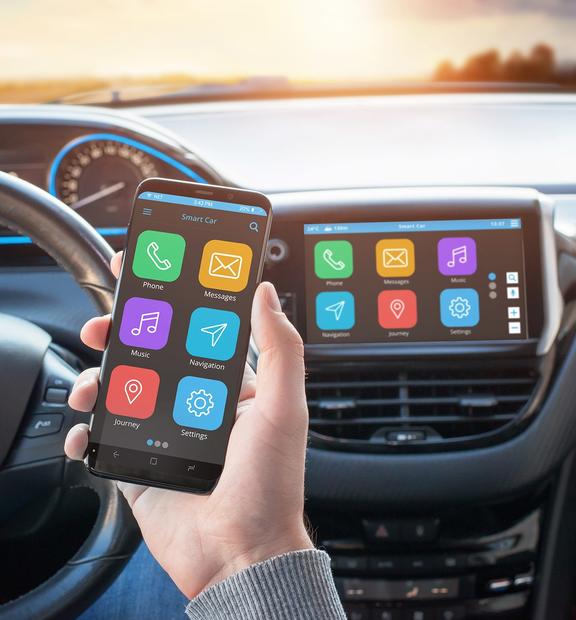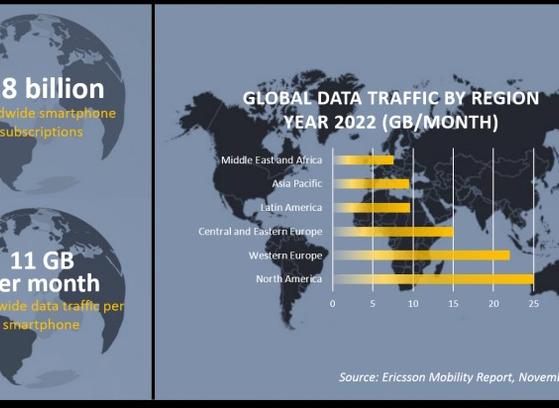If you’re with an auto manufacturer implementing connected car applications, there’s a lot to be excited about. In many ways, connected car applications turn your vehicles into smarthones on wheels. There’s potential for amazing creativity in writing new apps, delivering new experiences, optimizing maintenance—not to mention generating new revenues. That is, if everything works the way it’s supposed to.
Unfortunately, connected vehicle environments are complex systems, with lots of opportunities for something to go wrong. To make the most of your connected car strategy, make sure you’re thinking about potential “gotchas” ahead of time. Here’s a connected car application checklist to help you get started.
Connected Car Application Gotcha #1: Variable Connectivity
The harsh reality of connected car applications is that, without the “connected” part, the whole thing falls apart. No matter how much we’d like it to be, wireless connectivity is just not 100 percent available or reliable. Which means, once a vehicle is out there in the real world, things that worked great in the lab will inevitably run into issues.
Lots of things can affect the quality, performance, and capacity of a vehicle’s connection: location, time of day, weather, radio interference and more. Cellular connectivity is also a shared resource. Drive a highway at night with few other cars on the road, and everything will work great. But try that same highway during rush hour, and the connectivity performance won’t be nearly as good. If you haven’t accounted for that variability, your users will definitely notice.
Connected Car Application Gotcha #2: Wireless Carrier Issues
Vehicle infotainment systems are complicated enough. But behind the scenes, there can also be substantial complexity in the cellular connection. Typically, auto manufacturers work with a single global network provider that provides SIMS which work in multiple countries/markets.. That introduces some service complexity as cars are often “roaming” in the networks they use . In Europe, many vehicles frequently move between countries and markets expecting seamless connectivity.
It’s the global network provider’s job to handle roaming arrangements for different countries, but those relationships can get complex. Worse, when a car is outside the carrier’s own network, that carrier is totally blind to any connectivity problems the vehicle might be having. If they don’t know, you don’t know.
Connected Car Application Gotcha #3: Rogue Applications
The great thing about connected car environments is that they bring all manner of new applications and experiences to the vehicle. The downside: that’s a lot of responsibility handed to a lot of third-party developers and apps. Connected cars potentially face the same security and malware risks as any other application environment. But what if an application is just misconfigured or buggy? What if it’s consuming huge amounts of bandwidth? That’s the kind of behavior you’d like to be aware of before you get the cellular bill.
Connected Car Application Gotcha #4: Bandwidth Contention
It’s not just the cell signal that’s a shared resource. Inside the car, you may have multiple applications running at once (kids watching a movie in the backseat, passenger playing an online game, driver using the infotainment system), all contending for the same bandwidth. The last thing you want is for the driver to miss a turn because the navigation app got hung up, because somebody’s streaming HD YouTube videos in the back. Have you implemented some sort of application prioritization mechanism? As connected car application environments evolve, that kind of intelligence will be essential.
Connected Car Application Gotcha #5: Lack of Visibility
Connected car application environments are immensely complex ecosystems. There are applications. Infotainment system hardware. Wireless modules. Cell sites and carrier networks. Problems can crop up anywhere in that chain, any one of which can turn the user experience into an exercise in frustration. But even if you control only some of those components, it’s your name on the car, which means you’ll get the blame.
When issues crop up, and they will, you better be able to identify what’s causing the problem, so you can find a solution. To do that—really, to address any of the “gotchas” covered here—you need visibility into the vehicle application environment. And in too many cases, auto manufacturers just haven’t built in the monitoring capabilities that they should. Which means they’re rolling the dice on their whole connected car application strategy.
If lowering costs, optimizing repairs and avoiding customer frustration are priorities, take the time to implement application-level monitoring and service assurance. Your customers will thank you.
It isn't enough to think applications will work for your customers. Know applications work perfectly with our mobile network testing portfolio and application intelligence solutions.










